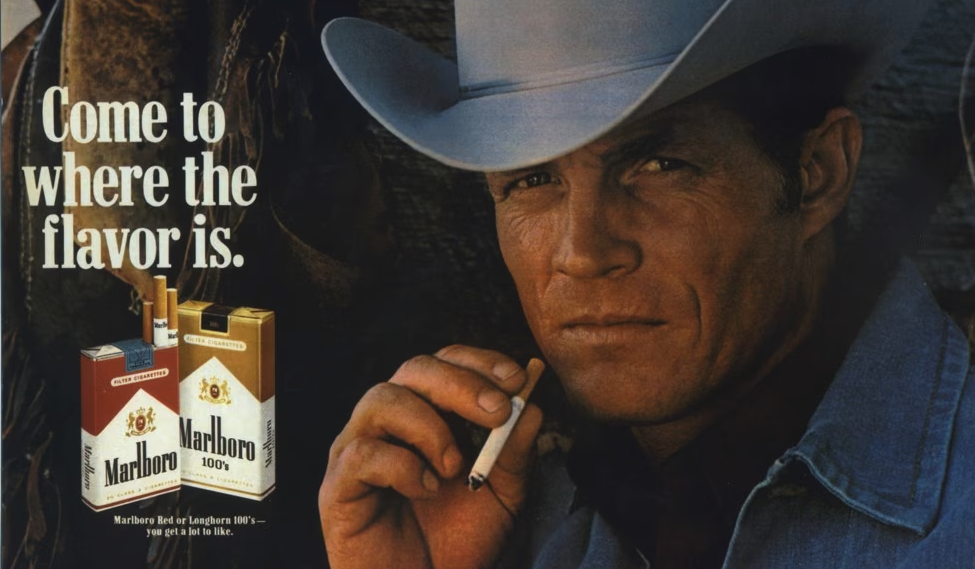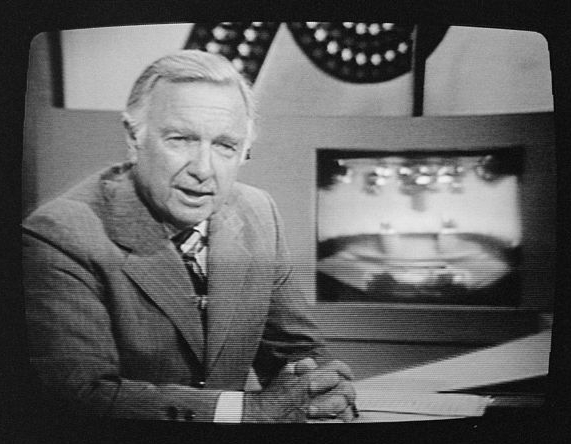Share this article with your network of friends!
Television has been a source of entertainment, information, and advertising for generations. In a time before health concerns and regulations took center stage, the television landscape was quite different. Seniors who lived through the era might recall the days when advertisements for tobacco products were a common sight on the screen. In this article, we take a trip down memory lane to explore the era when tobacco ads on TV were allowed and reflect on the impact of those times.
A Different Era
The mid-20th century was marked by social and cultural shifts, and television was a powerful medium for reaching audiences on a grand scale. During this period, tobacco companies capitalized on the popularity of television to advertise their products. Cigarette and tobacco ads on TV were not only prevalent but often presented in glamorous, sophisticated ways, creating a sense of allure around smoking.
The Appeal of Tobacco Advertising
Tobacco ads on TV were designed to evoke a sense of sophistication, independence, and relaxation. Celebrities, athletes, and even doctors were often featured in these ads, lending an air of authority to the notion that smoking was not only socially acceptable but potentially beneficial.
Impact on Public Perception
Tobacco ads on TV undoubtedly had an impact on public perception. The portrayal of smoking as a stylish and desirable activity influenced generations, contributing to the normalization of tobacco use. Many ads aimed to create a sense of camaraderie, often depicting people sharing a smoke in social settings.
Health Concerns and Regulation
As medical research advanced, a growing body of evidence linked smoking to a range of serious health issues, including lung cancer, heart disease, and respiratory ailments. In the 1960s and 1970s, public awareness of the health risks associated with tobacco consumption increased substantially. This led to mounting pressure on regulators to address the role of tobacco advertising in promoting a harmful habit.
The Turning Point
In response to the mounting evidence and public health concerns, regulations around tobacco advertising began to change. The landmark Public Health Cigarette Smoking Act of 1970 marked a significant turning point. This act banned the advertising of cigarettes on television and radio, recognizing the need to protect public health by reducing the promotion of tobacco use.
Legacy and Reflection
For seniors who lived through the era of tobacco ads on television, looking back can evoke mixed feelings. It’s a reminder of how societal perceptions and advertising practices have evolved over time. The shift in regulations marked a crucial step in prioritizing public health over commercial interests, but it also serves as a reminder of the power of media to shape attitudes and behaviors.
Conclusion
The era when tobacco ads were allowed on television is a testament to the evolving landscape of media, culture, and health awareness. As society continues to learn and adapt, it’s important to reflect on the changes that have shaped our perceptions and decisions. While the days of tobacco ads on TV have faded into history, the lessons learned from that time remain relevant in understanding the interplay between media, marketing, and public health.
DISCLAIMER: This website contains articles for informational and entertainment purposes only. No articles on this website should be considered as professional advice for any medical, legal, or financial matter. Advertisements and content may contain affiliate links, where the website earns a commission for sales derived from our users.






[…] word for peppermint, “Pfefferminz.” Initially, PEZ was marketed as an alternative to smoking, as the candies were dispensed in small tins similar to cigarette […]